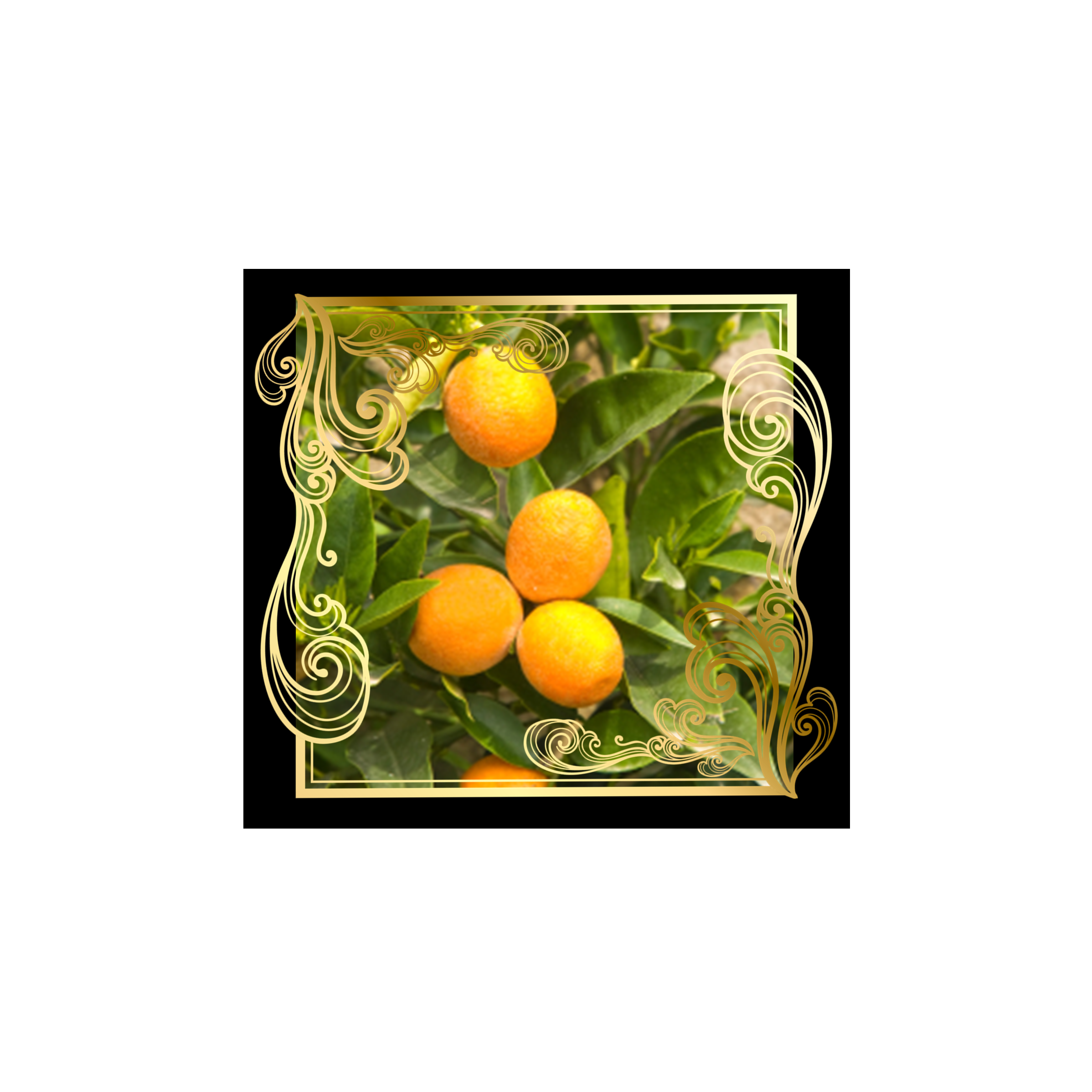Essential oils have been long believed to possess metaphysical properties and are used in various holistic practices for their therapeutic effects. Each essential oil is associated with different healing properties based on its unique chemical composition and fragrance.
Essential oils are commonly used in rituals, meditations, and energy work to create a desired mood or atmosphere. They can be diffused, applied topically, or added to bathwater to harness their energetic healing properties. Some practitioners also believe that essential oils can help balance chakras and cleanse auras.
Whether you are looking to create a serene space for meditation, boost your mood, or enhance your spiritual practice, incorporating essential oils with metaphysical properties can be a powerful tool in promoting holistic well-being and inner harmony.
Botanical Name: Cananga odorata
Main Constituents:
Germacrene-D: 15 - 34%
Plant Part: Flowers
Origin: Madagascar
Processing Method: Steam Distilled
Description / Color / Consistency: A thin, clear, pale yellow liquid.
Aromatic Summary / Note / Strength of Aroma: A base note with a medium aroma, Ylang Ylang has a sweet, exotic, floral scent that is one of the most sought-after.
Blends With: Bergamot, Grapefruit, Lavender, Neroli, Rosewood and Sandalwood.
Product Abstract: Also known as Flower Of Flowers, Ylang Ylang is a tall tropical tree about 20 meters (60 feet) high with large fragrant, pink, mauve or yellow flowers; yellow heads are viewed as being the best in terms of quality. There are several grades of Ylang Ylang Essential Oil, which are extracted at different times during the flower's lengthy distillation. These grades are referred to as Extra, I, II, and III. Ylang Ylang is best suited for use in the perfumery and skincare industries. It was a popular ingredient of hair preparations in Europe and was known as Macassar Oil. The word anti-macassar originated from this, since an anti-maccasar was used to keep hair oil from staining upholstered furniture. In Indonesia Ylang Ylang has traditionally been strewn on the beds of newlyweds.
Cautions: Dilute before use; May cause skin irritation in some individuals; a skin test is recommended prior to use. It can also cause sensitivity on some people; excessive use of it may lead to headaches and nausea. Contact with eyes should be avoided.








